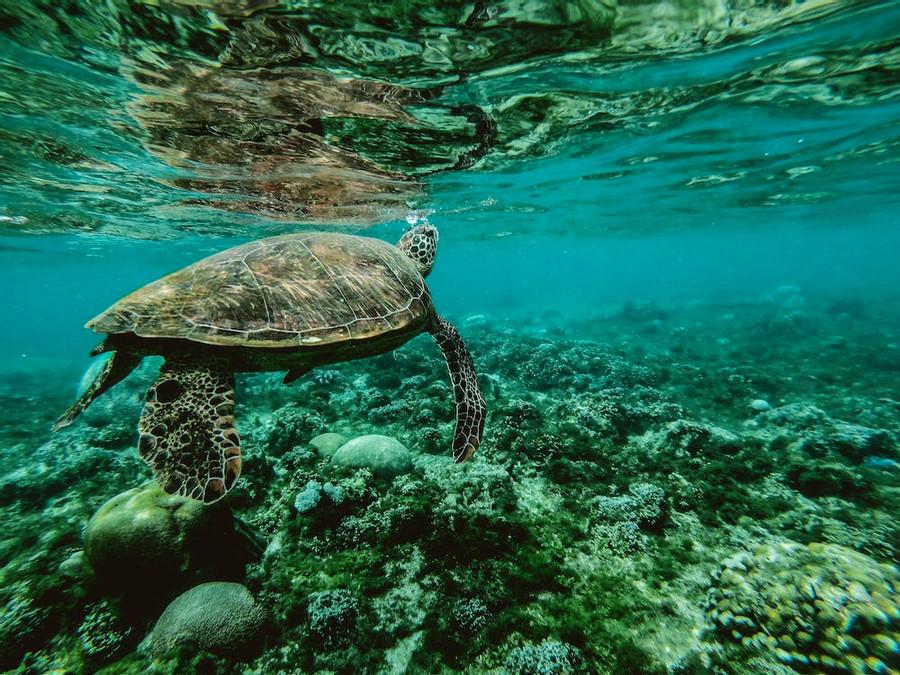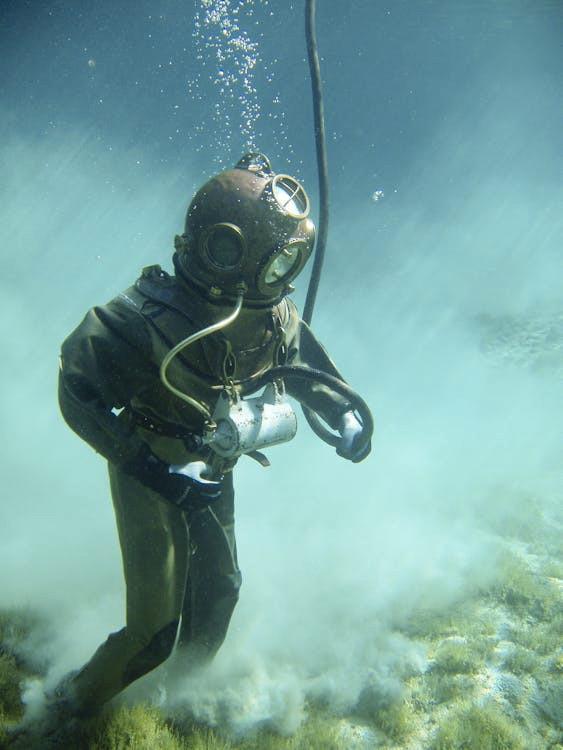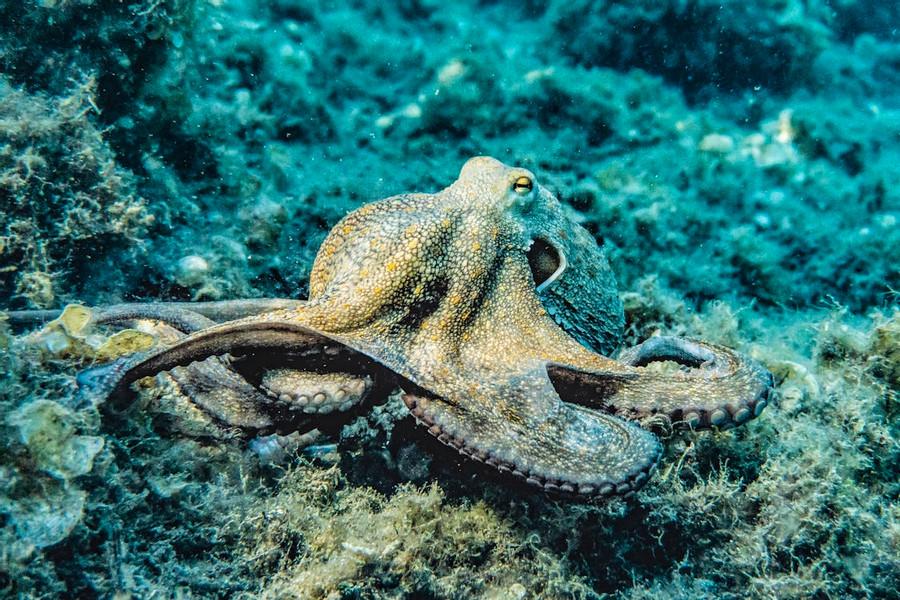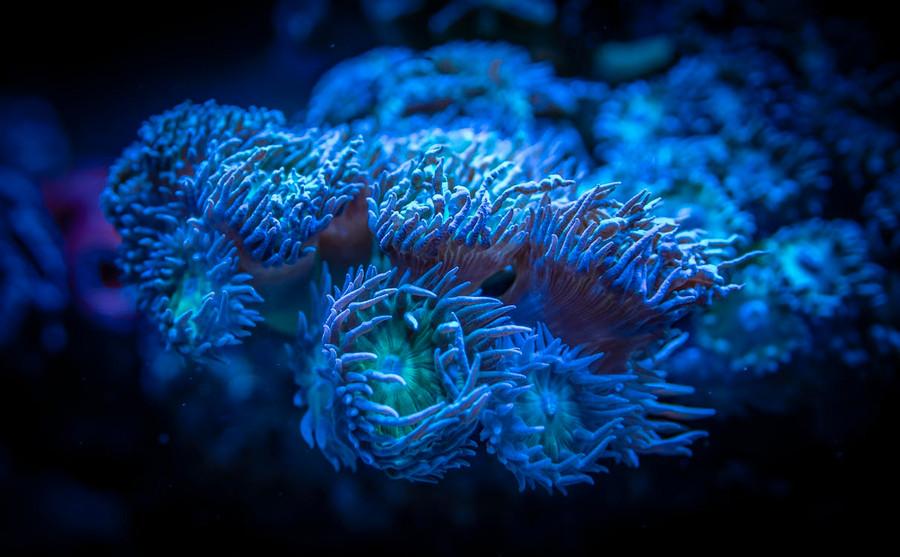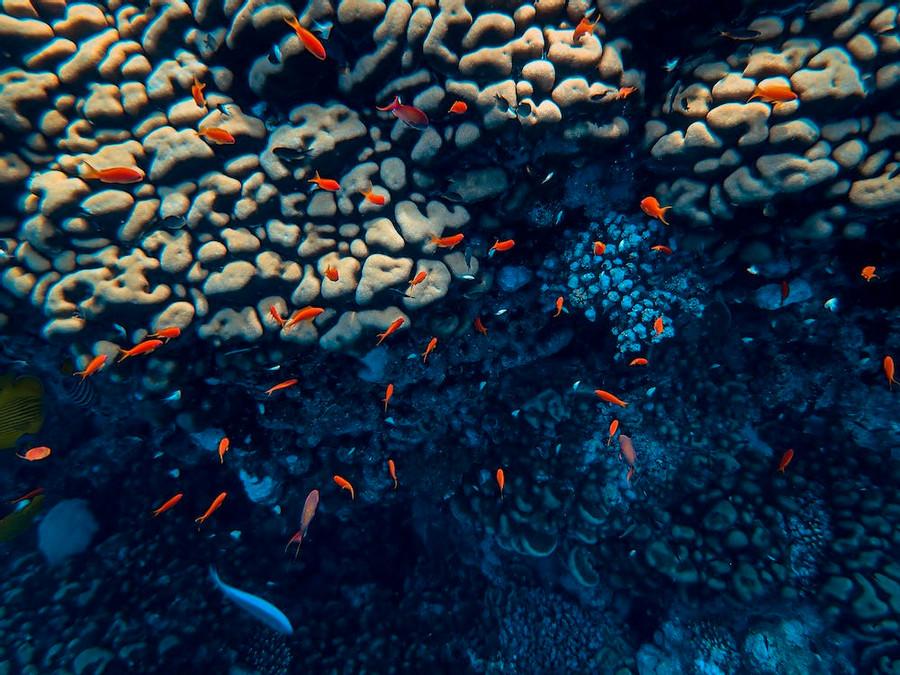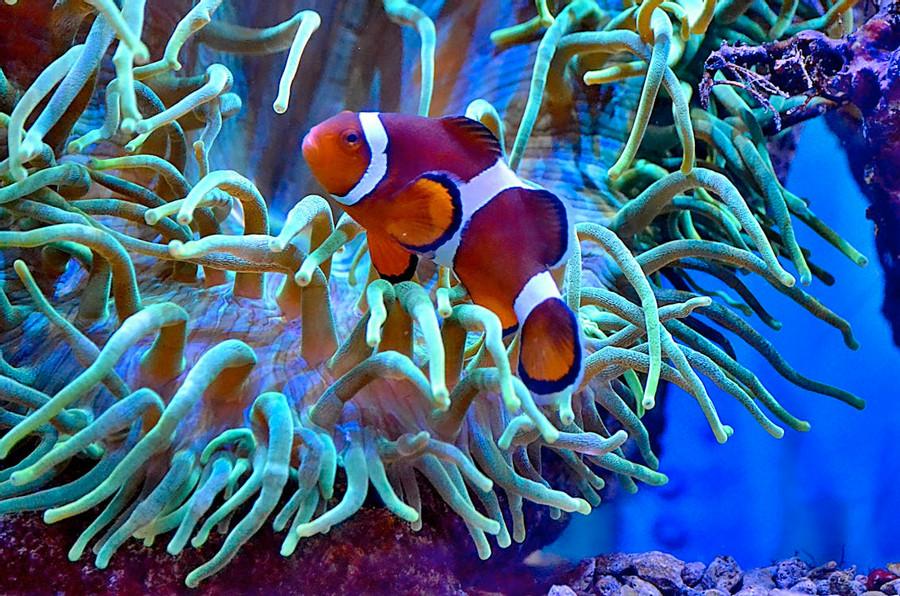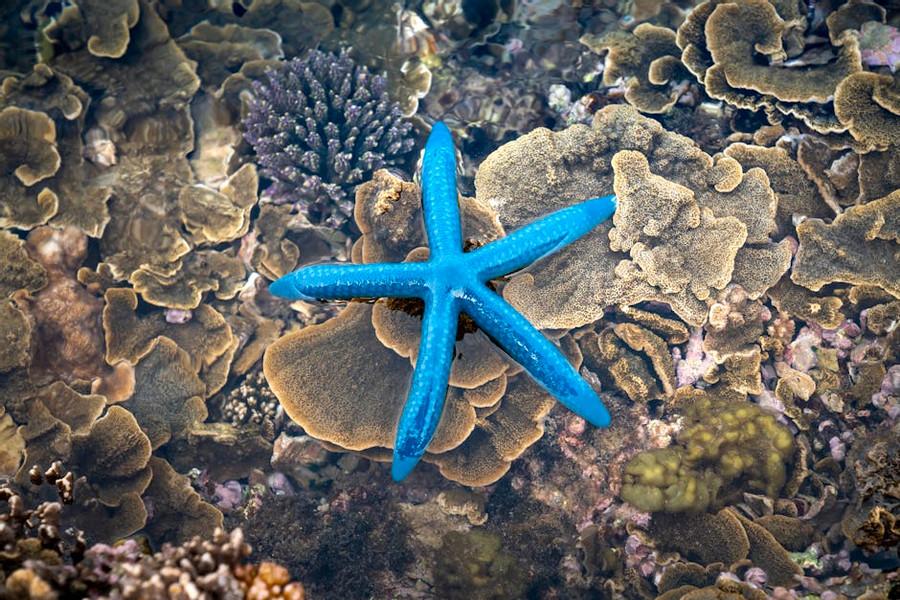Explore the World's Best Ideas
Join today and uncover 100+ curated journeys from 50+ topics. Unlock access to our mobile app with extensive features.
The Earth's Forgotten Space: The Oceans
The Earth is mainly a water world — more than 70 percent of its surface is covered by oceans — and yet we know so little about what resides beneath the waves.
The ocean, in this light, is like an alien world within our own. Many of its creatures are still unknown to us — both in kind and number. Their behaviours and adaptations remain inexplicable. Even the very contours of this world are still unmapped: We probably know more about the surface of Mars than we know about the ocean floor.
Understanding the sea is to understand our planet better, at a fundamental level.
21
223 reads
Unsolved Mystery 1: Plastic Pollution
Where is plastic pollution in the ocean hiding, and how does it get there?
Every year, tons of plastic manufactured on land is dumped into the sea. But scientists have yet to complete the work of figuring out all the nooks and crannies our plastic pollution nudges its way into.
Researchers like van Sebille want to know where the plastic is going so they can better understand its effects on marine life.
18
248 reads
Unsolved Mystery 2: Stranded Whales On Beaches
Why do whales strand themselves on beaches? And are humans to blame?
every year, thousands of marine mammals like whales end up trapped on beaches or in the shallow waters near shore. According to some studies, these strandings have been increasing.
But why do the animals do this? And are humans to blame?
It’s an incredibly difficult question to answer because while we know that humans are affecting the ocean environment, it can be hard to parse how those effects impact individual species.
19
253 reads
Unsolved Mystery 3: The Octopus Being Friendly To Humans
Can a human really be friends with an octopus?
Can a caring relationship form between humans and a sea creatures like an octopus? It’s not known whether the friendship in the documentary was genuine from the octopus’s perspective. The interior lives of animals may never be fully understood.
It’s like interstellar travel, the closest we can come to that kind of alien contact moment.
If we can connect with an octopus, what else could we connect with?
19
192 reads
Unsolved Mystery 4: The Abyss Inside Earth
How many fish live in the ocean’s mysterious “twilight zone”?
As you dive deeper into the ocean, less and less sunlight shines through. About 200 meters beneath the surface, you reach an area called the mesopelagic, or the “twilight zone.” Sunlight fades almost completely out of view, and our knowledge about these dark depths fades too.
Yet this region of the ocean is extremely important. It’s possible — but not certain — that more fish are living in the twilight zone than the rest of the ocean combined, and these creatures of the dark ocean play a large role in regulating the climate.
21
171 reads
Unsolved Mystery 5: Glowing In The Dark
Why do so many sea creatures glow?
It’s wrong to say there’s no light in the depths of the ocean. There’s light, it just doesn’t come from the sun. Deep in the ocean (and also on the surface), divers find other-worldly displays of bioluminescence, sparkling like fireworks in the dark. Almost every deep-water creature lights up in some way.
You’re not viewing it at a distance. You’re in the centre of the display. In fact, you’re part of it because any movement you make triggers flashes all around you.
20
178 reads
Unsolved Mystery 6: The Unknown World In Our World
Only 20 percent of the ocean floor has been mapped. What’s down there?
Currently, only 20 percent of the seafloor has been mapped, making it a more mysterious place than the surface of the moon or Mars. That means every time explorers go down to the bottom, they are potentially seeing things no human has ever laid eyes on before. More people went on the Apollo missions to the moon than have been to the Challenger Deep, the deepest part of the deepest trench in the ocean.
19
174 reads
Unsolved Mystery 7: Journey To The Center Of The Earth
Can we drill through the seafloor, to the mantle of the Earth?
Scientists’ curiosity doesn’t just stop at the bottom of the sea. They’re also interested in what lies beneath it.
Sixty years ago, geologists tried to drill down through the seabed to pull up a piece of the Earth’s mantle, a deep layer of the Earth no human has directly observed. Their mission didn’t go exactly as planned. But it sowed the seeds for a new field of science that has helped rewrite not only the history of the planet but, potentially, our definitions of life itself.
19
178 reads
IDEAS CURATED BY
CURATOR'S NOTE
The 7 unsolved mysteries of the ocean.
“
Aarna Agarwal's ideas are part of this journey:
Learn more about scienceandnature with this collection
The importance of physical activity
The role of genetics in lifespan
How to maintain a healthy diet
Related collections
Similar ideas
4 ideas
There’s a new ocean now—can you name all 5?
nationalgeographic.com
1 idea
Ocean Or Space: What Have We Explored More?
Sudhir Talati
1 idea
What is the Sargasso Sea?
oceanservice.noaa.gov
Read & Learn
20x Faster
without
deepstash
with
deepstash
with
deepstash
Personalized microlearning
—
100+ Learning Journeys
—
Access to 200,000+ ideas
—
Access to the mobile app
—
Unlimited idea saving
—
—
Unlimited history
—
—
Unlimited listening to ideas
—
—
Downloading & offline access
—
—
Supercharge your mind with one idea per day
Enter your email and spend 1 minute every day to learn something new.
I agree to receive email updates

